Reactive hot-melt adhesives
BÜHNEN offers reactive hot-melt adhesives based on polyurethane (PUR) and polyolefin (POR). These hot-melt adhesives must be packaged in airtight containers. Packaging ranges from cartridges to drums.
The way a reactive hot-melt adhesive works is based on the combination of two main components:
- Thermoplastic base: The basic component of the adhesive is thermoplastic, which means that, when heated, it melts and turns into a liquid state. This allows the adhesive to be applied to the surfaces to be joined. In this way one can achieve a rapid build–up of strength and rapid handling stability, as required in automated processes.
- Reactive groups: In addition to the thermoplastic material, the adhesive also contains reactive groups. These reactive groups are responsible for curing or cross-linking, creating a permanent bond. Depending on the reactive group (isocyanates / silanes) of the adhesive, the type of chemical reaction may vary.
Process of chemical cross-linking
The moisture-hardening hot-melt adhesives set in two stages:
The reactive hot-melt adhesive is applied in a liquid state to the surfaces to be bonded. The substrates to be bonded are then joined together while the adhesive is still liquid.
In the first stage, the adhesive goes through a physical setting mechanism. The strength is sufficient to enable further processing or transport. This is known as handling stability/strength.
In the second stage, which can last from hours to several days depending on the reactive group, chemical post cross-linking takes place.
This chemical reaction depends on the moisture supply and the accessibility of the adhesive joint to atmospheric humidity. After the hot-melt adhesive has fully reacted, it loses its thermoplastic properties, i.e. it will not become soft again even if the glued object heats up.
Advantages of reactive hot-melt adhesives
- Exceptionally good adhesion values: They form good adhesion to a wide range of materials. With a reactive adhesive, good wetting can also be achieved on metals, plastics and other substrates due to its low viscosity.
- High strength: Reactive hot-melt adhesives have very high strength, making them ideal for applications where strong and durable bonds are required.
- High temperature resistance / good cold-flexibility: Many reactive hot-melt adhesives are temperature resistant, making them suitable for applications that involve high or cold temperatures.
- Good solvent resistance: They can be resistant to many chemicals, making them suitable for environments where their exposure to aggressive substances is possible.
- High aging resistance
The cartridges are processed manually using the HB 720 K pneumatic hand guns.
The larger containers range from the 2 kg unit up to the 200 litre drum, which are processed with the HB 4000 connect series. The melting tank devices are equipped as standard with a compressed air dryer, which prevents the adhesive from cross-linking prematurely.
The melting tank devices, bag melters or drum melters are used, for example, in the following areas: automotive, construction, textile, electronics and furniture industries.
Delivery forms of reactive hot-melt adhesives
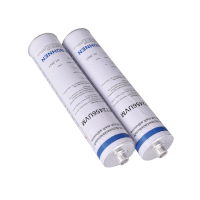
Cartridge
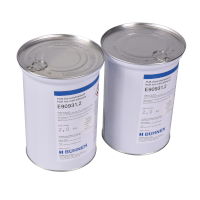
Pull-ring can
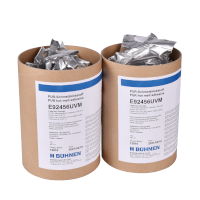
Cardboard sleeve
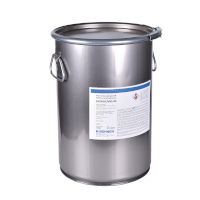
Steel hobbock
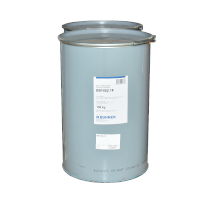
Drum
